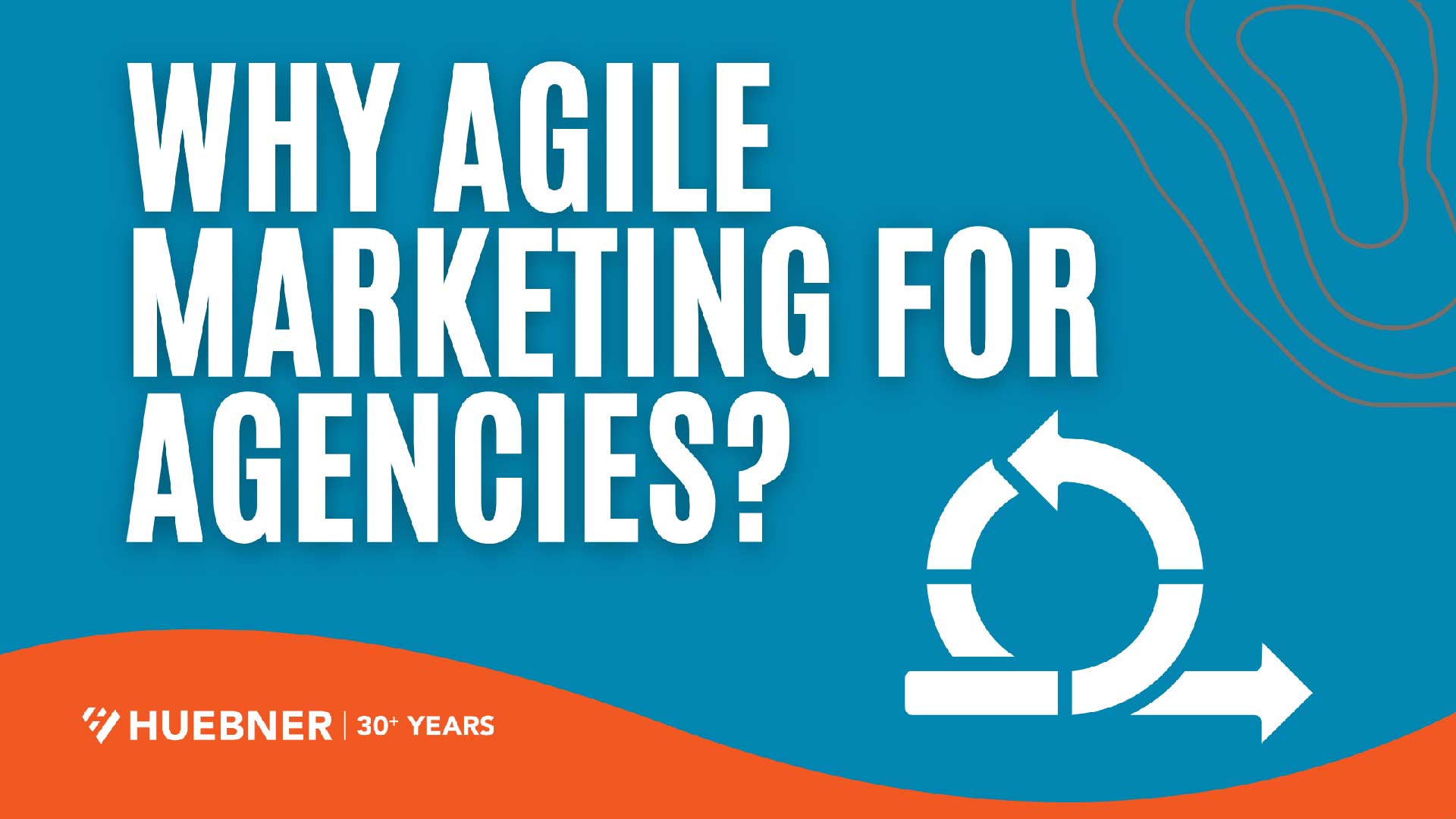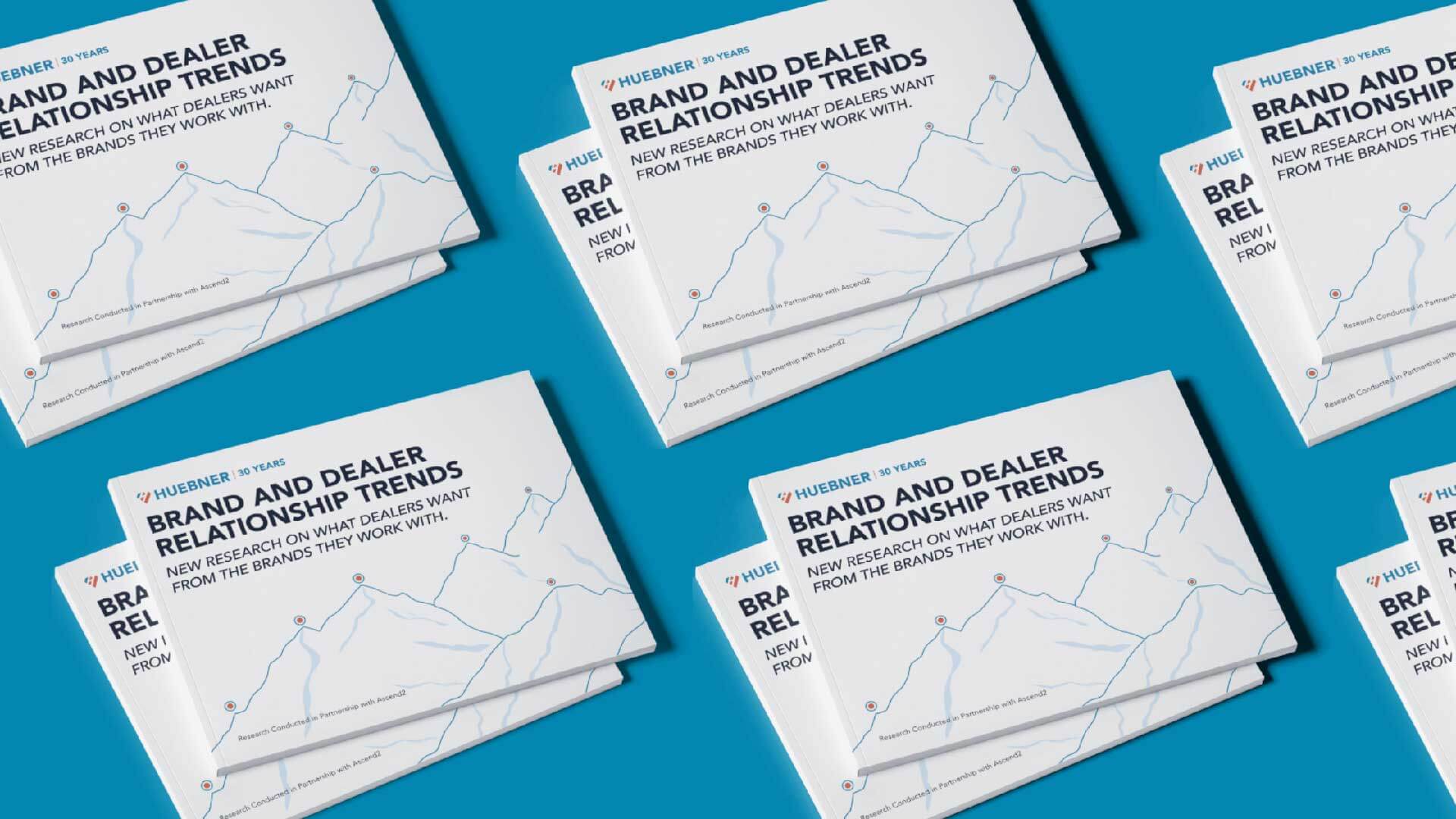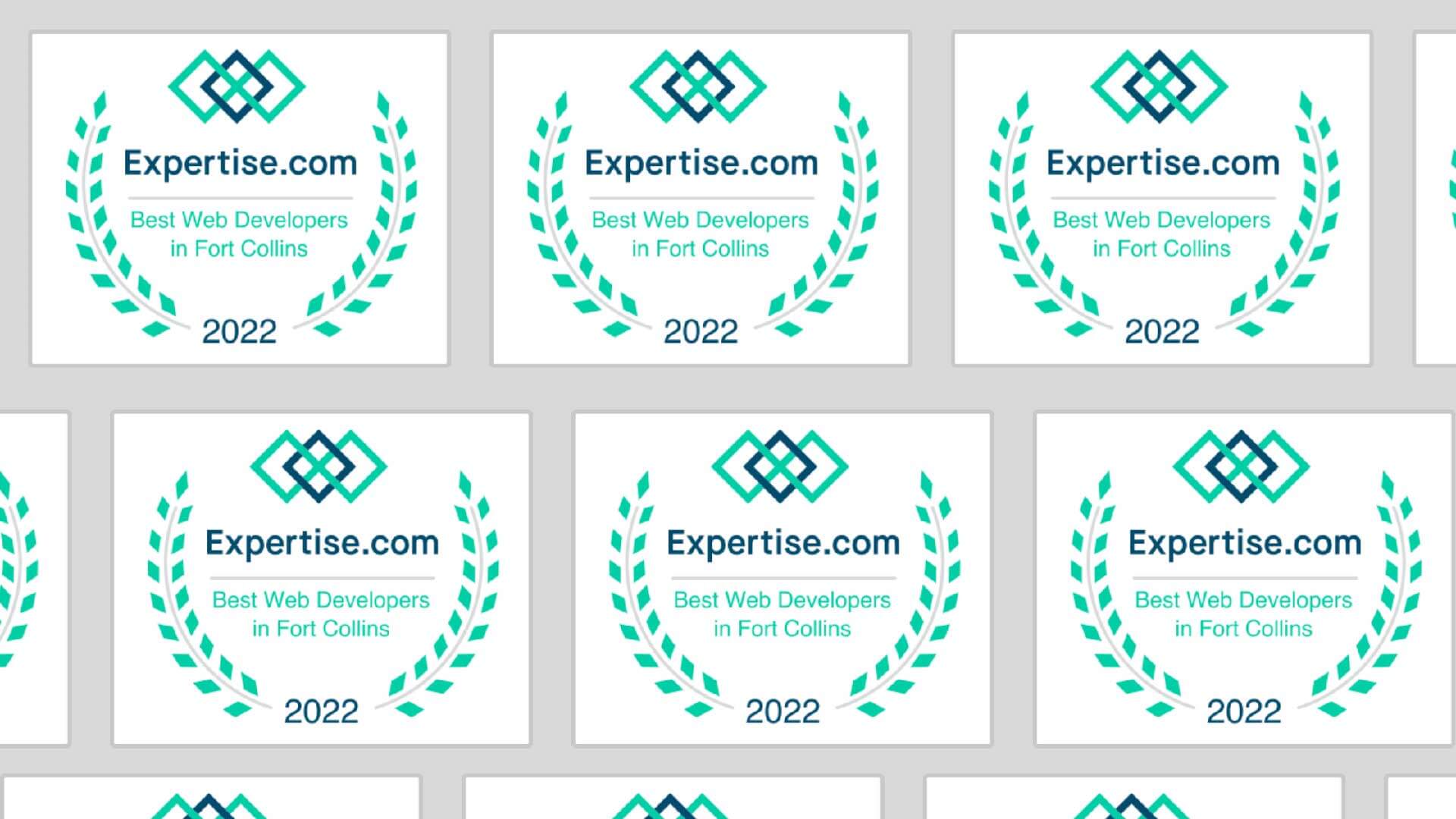
Why Agile Marketing for Agencies?
Agile. Nimble. Flexible. Spry.
All good things to be if you are a gymnast, sure, but what about a marketing agency?
If your company is suffering from stale and rigid marketing plans, let us introduce you to a new way to think about your marketing that starts with adopting an Agile framework. Agile methodology emerged from the software development world in the early 2000s as a way to speed up the path to market for new products. Now, teams across various industries – including those in the marketing world – utilize this lightweight framework to create more efficient and effective marketing plans with lasting impact.
Here’s what you need to know. Marketing agencies utilizing an Agile framework give their clients a huge advantage with the ability to react quickly and effectively to market changes, deliver on projects with improved efficiency, and continuously improve. When marketing plans are created and executed instead of stale marketing roadmaps to execute annually. Today, we’re going to help you explore the benefits of the Agile framework within marketing and point you toward additional resources to explore Agile as a part of your marketing strategy.
- What is Agile Marketing?
- Agile vs. Traditional Marketing
- Agile Definitions
- How Agile Works in an Agency Setting
- Resources for Adopting Agile Marketing
What is Agile Marketing?
While many definitions exist, our team at Huebner Marketing has landed on this one for a few important reasons:
Agile marketing is a framework for approaching marketing strategy that works towards long-term goals in frequent iterations of work with cross-functional teams. An Agile team runs on transparency and flexibility with continuous feedback driving tactical changes along the way.
This definition focuses in on key elements of Agile that are most beneficial to clients in the marketing agency setting.
- A Framework Focused on Strategy: Everything in Agile comes back to the strategic goal and is focused on reaching your business objectives faster and with fewer headaches.
- Frequent, Fast Work: Progress feels good, and by breaking long projects into short sprints, everyone involved can see the progress—and any roadblocks standing in our way.
- Diverse, Distributed Teams: Agile keeps our distributed team and clients around the world connected on the work at hand and makes it easy to see who is doing what to move the project forward.
- Transparency and Flexibility: The only truth about a plan is that it will always change. Agile allows our team to remain flexible to pivot based on new information or changes in the market.
Agile vs. Traditional Marketing
Agile and Traditional Marketing approaches do have one thing in common. They are both focused on reaching an end goal for your business. That might be the launch of a new product or raising brand awareness in an untapped market or shortening the sales cycle with better systems. Any solid marketing team will come up with a number of strategies to reach that end goal, with each strategy supported by a list of tactics to pursue.
This is where the similarities end.
Traditional marketing maps out one long plan of attack to reach that end goal and works through it completely before calling it done and sharing it with the world.
Agile marketing breaks the plan into short segments of work and releases the end product or campaign in stages, learning from the results and improving along the way.
Keywords: Learning & Improving
In traditional marketing, a marketing agency will work closely with the client, in the beginning, to discuss key deliverables, gather any necessary information to accomplish the discussed deliverables, and will come together again once the project is finished to present the end result. Let’s say the discussed timeline is 6 months. While the client will be referred to for approval and feedback throughout the project, the first time the client will see the finished product could be at the end of those 6 months.
In Agile marketing, however, the agency works closely with the client throughout the project, breaking the project work into sprints, serving as mini-projects within the larger project. Work is reviewed at the end of each sprint, giving both teams an opportunity to pivot if something isn’t working and to make changes to the scope that will improve the end result they may not have considered previously.
Agile Marketing is:
- Iterative instead of Linear
- Responsive instead of Static
- Customer-focused instead of Product-Focused
These differences are most clearly seen in a comparison of the “waterfall” approach to the Agile one:
Agile Definitions For Marketers
Agile has developed its own vocabulary to support the shift in thinking. Here are a few key terms you’ll need to know:
- Backlog: The complete list of deliverables or tasks that could be implemented as part of a project.
- Sprint: The short, defined time period in which a team works together to complete a set amount of work from the backlog.
- Retrospective: Simply put, it’s a review at the end of each sprint to see what worked well and what opportunities the team has to improve and iterate in the next sprint.
How Agile Marketing Works in an Agency Setting
By now, you can see how this is disruptive to traditional marketing structures but how does it come to life in the marketing agency setting?
Let’s take a look at our process for implementing Agile marketing with our clients:
- Objective Setting: We have to know where we’re going to know how to get there. We first get clear on business objectives so we can check that every tactic we employ is focused on getting there.
- Backlog Development: Next, we spend some time brainstorming with internal and external teams to come up with the full list of every possible tactic that might be employed. No idea is too small—or too big—to go in the backlog at this time. At Huebner, we use a digital project management tool like Asana to get all these tactics in one place, and later to organize them for action.
- At Huebner, our backlog development comes out of our strategic brand positioning work in our Relevancy Report and Roadmap.
- Sprint Planning: With a backlog in place, we start to prioritize the work for our first sprint (anywhere from 2 weeks to 3 months). We move backlog items into the sprint on our Asana board and then work to clarify exactly what work will be accomplished in a detailed user story so our deliverables and responsibilities are clear to all.
- We base our priorities on the impact, cost, and feasibility of each tactic as it applies to the client.
- We base our priorities on the impact, cost, and feasibility of each tactic as it applies to the client.
- Regular Stand-Ups: Throughout a sprint, we will meet regularly (usually weekly) with our client and our internal team to review the progress of that sprint’s priorities. If there are roadblocks to meeting our goals, we address them, and work to clear them, in these calls.
- Sprint Retrospective: At the end of each sprint, we come together with our client to review what we learned, what worked well, what we could improve to refine priorities for the next sprint.
And the process starts all over again!
Resources for Adopting Agile Marketing
We might be biased, but we truly believe that, in adopting Agile in marketing methodologies, we are better equipped to serve our clients’ needs. It allows us to work efficiently and gives flexibility to adjusting projects as we continuously perfect our craft.
If you’d like to learn more about what it would look like for you and your team to go through Agile training or work with an Agile coach, we have plenty of resources we’d love to share with you! Just a few of our favorites are below and we can personally connect you if you’d like.
- Agile For All – Bob Hartman + Peter Saddington
- Humanizing Work – Richard Lawrence + Peter Green
- Full Spectrum Agile – Steve Spearman + Henry Dittmer
- Agile Sherpas – If your agency wants to learn more about Agile Marketing, Agile Sherpas is the place to start!
And of course, we’d love to talk Agile with you.
One of the many reasons we love the Agile approach is because it allows us to constantly be improving. The way it’s structured naturally allows us to regularly evaluate what works and what doesn’t and the flexibility to shift in the next sprint. We love the team-based approach that enables us to receive feedback from our clients at the end of each sprint, ensuring the end result is exactly what the client wants.
If you’re looking to see faster, more meaningful progress—and results—from your marketing strategy, let’s talk.






